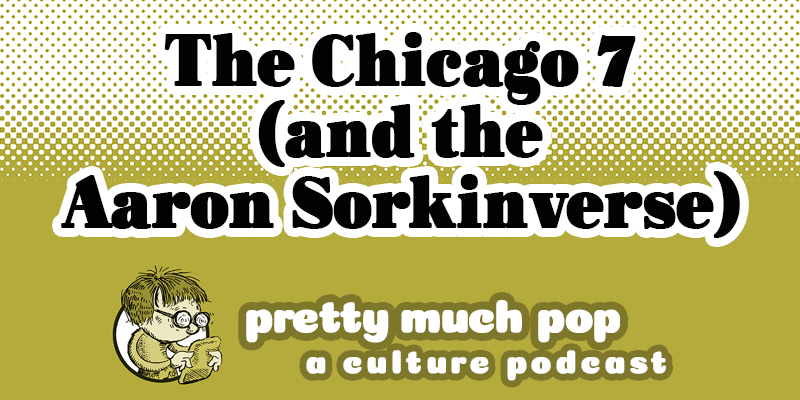Do you dig songs about rainbows?
The host of one of the very last episodes of The Muppet Show — Debbie Harry, lead singer of Blondie — does, and in 1981, she seized the opportunity to duet with Kermit the Frog on his signature tune, “The Rainbow Connection” — its only performance in the series’ five season run.
Many of us associate the folksy number with The Muppet Movie’s pastoral opening scene. This rendition transfers the action backstage to the kimono-clad Harry’s dressing room.
Who knew her sweet soprano would pair so nicely with a banjo?
She also exhibits a game willingness to lean into Muppet-style hamminess, responding to the lyric “Have you heard voices?” with an expression that verges on psychological horror.
Midway through, the two are joined by a chorus of juvenile frogs in scouting uniforms.
A little context — these youngsters spend the episode trying to earn their punk merit badge.
No wonder. By 1981, when the episode aired, Blondie had achieved massive mainstream success, with such hits as “One Way or Another” and “Call Me,” both of which were shoehorned into the episode.
As creator Jim Henson’s son, Brian, recalled in a brief introduction to its video release:
…I was in high school and my father knew that Debbie Harry was, like, the biggest thing in the world to me. And he booked her to be on The Muppet Show during a vacation week from school and he didn’t tell me. We went out to dinner the night before shooting and they made me sit next to Debbie Harry at this fancy restaurant. And I just remember this whole dinner I was just endlessly sweating and all I knew was that I was aware of Debbie Harry sitting on the side of me. I don’t think I ever said a word to her, I don’t think I ever looked at her, but she did a great episode, she’s a great performer and she’s a lovely lady.
With punk permeating the airwaves, the fan site Tough Pigs, Muppet Fans Who Grew Up laments other guest hosts who might have been booked before the show ended its run:
It’s a shame Debbie Harry was the only member of her scene to make it to The Muppet Show. Can you imagine special guest stars, The Ramones, The B‑52’s or even Talking Heads? … Harry’s guest stint reveals that the Muppets’ chaotic and textured world has more in common with the punk scene than one would initially expect.
The finale finds the Frog Scouts moshing to “Call Me,” with a reasonably “punk” looking, rainbow-clad backing Muppets band (Dr. Teeth and the Electric Mayhem sat this one out due to their pre-existing associations with Motown, jazz, and a more classic rock sound.)
Related Content:
The Muppets Sing the First & Second Acts of Hamilton
Witness the Birth of Kermit the Frog in Jim Henson’s Live TV Show, Sam and Friends (1955)
When Debbie Harry Combined Artistic Forces with H.R. Giger
Ayun Halliday is an author, illustrator, theater maker and Chief Primatologist of the East Village Inky zine. Follow her @AyunHalliday.



